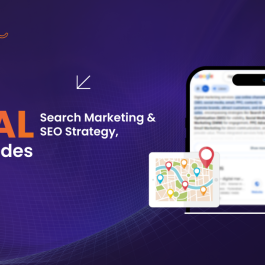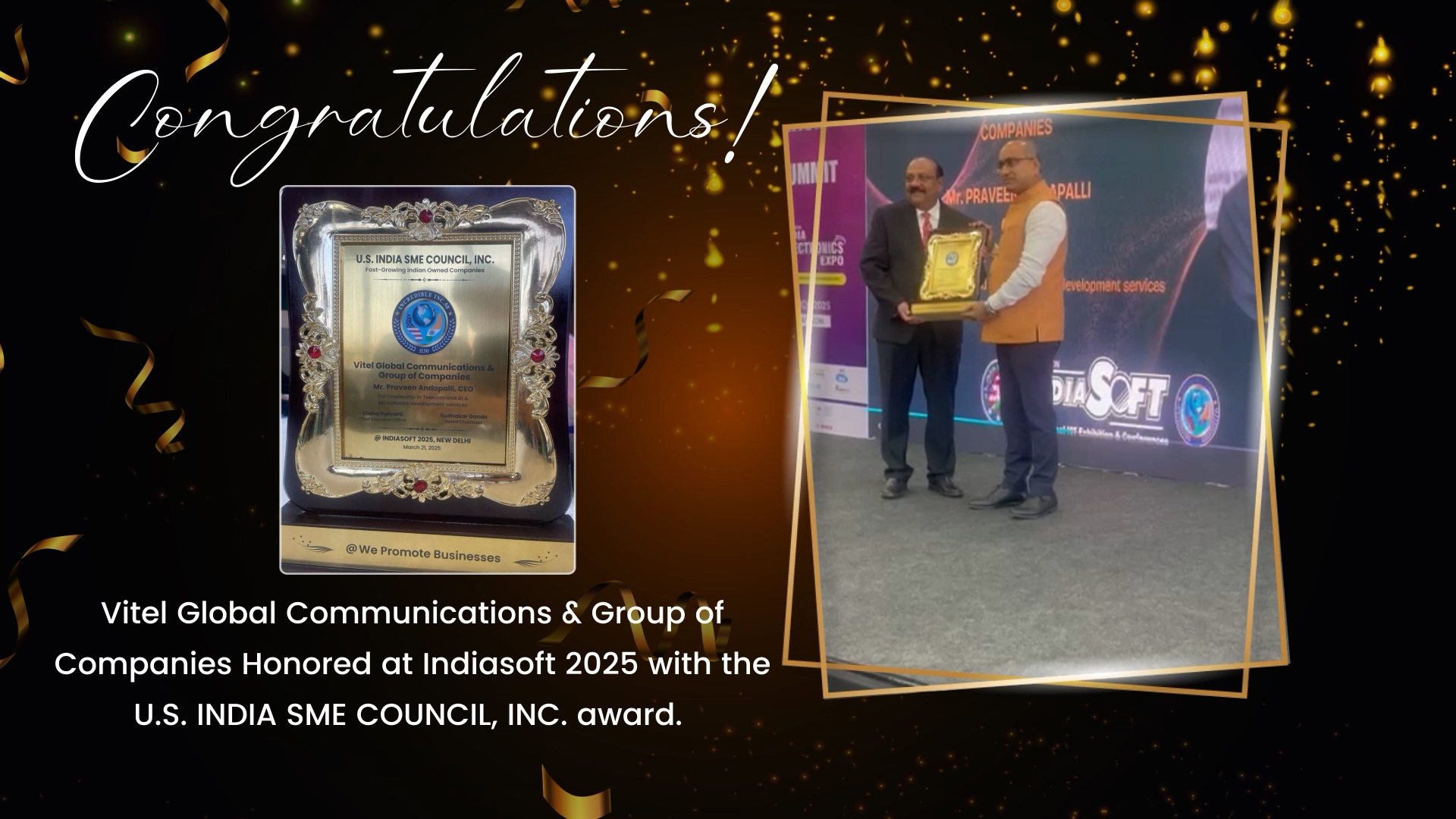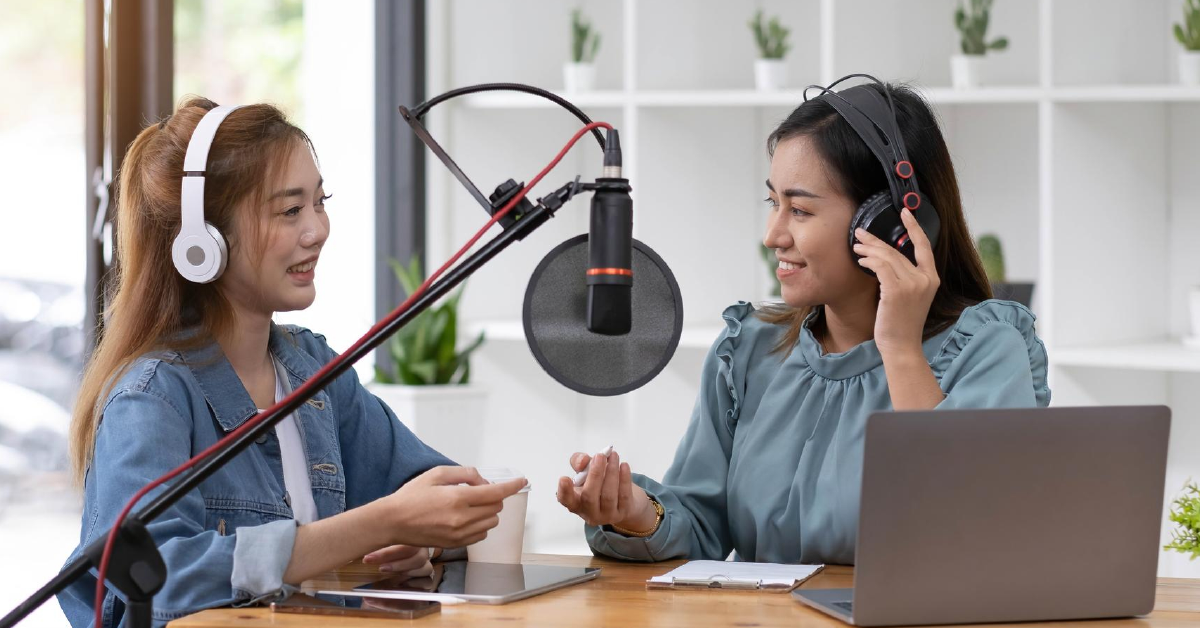4 min read

In the current digital era, companies always look for fresh approaches to engage their target audience and increase brand awareness. Micro-influencer marketing is a tactic that has become increasingly popular in recent times. People with a smaller but extremely active social media following are known as micro-influencers. Micro influencer marketing and some strategies to improve brand engagement will be discussed in this blog post.
Table of Contents
Understanding Micro-Influencer Marketing
Micro-influencer marketing involves collaborating with individuals with loyal and engaged followers on social media platforms, typically ranging from 1,000 to 1,00,000 followers. Micro-influencers are very influential within their particular communities, unlike macro-influencers with millions of followers. They typically have a more niche audience.
Micro-influencers are known for having a closer and more personal connection with their followers. Their authenticity and credibility make them an attractive option for enhancing brand engagement. By partnering with micro-influencers, brands can tap into their loyal fan base and create more meaningful connections with their target audience.
Benefits of Micro-Influencer Marketing
- Increased Authenticity: One of the primary advantages of micro-influencer marketing is the increased authenticity it brings to brand partnerships. Micro-influencers often have a genuine passion for the topics they discuss, making their recommendations and endorsements more authentic and trustworthy in the eyes of their followers.
- Higher Rates of Engagement: Micro-influencers are more engaged than macro-influencers. Their smaller, more dedicated following allows for more meaningful interactions with their audience. Because followers are more likely to interact with brands they support actively, micro-influencers’ increased engagement also results in higher brand engagement.
- Cost-Effective Strategy: Collaborating with micro-influencers is generally more cost-effective than working with macro-influencers. Sponsored content from micro-influencers is a desirable alternative for brands with tight marketing agency budgets because these influencers typically charge lower fees.
- Niche Targeting: Micro-influencers are known for having a specialized niche or interest. This enables brands to target particular audiences or demographics in line with their goods or services. Through collaborating with micro-influencers, brands can guarantee that the appropriate audience hears their message, leading to increased brand interaction.
- Long-Term Relationships: Building long-term relationships with micro-influencers can benefit brands in the long run. As micro-influencers grow their following, the relationship between the brand and influencer strengthens, increasing brand loyalty and advocacy among their audience.
Finding the Right Micro-Influencers
- Determine Your Target Audience: It is important to decide who your target audience is before launching a micro-influencer marketing campaign. Understanding your target demographic will help you find micro-influencers whose followers align with your brand’s target market.
- Find Relevant Influencers via Extensive Research: Find high-level decision-makers within your sector or specialty by conducting in-depth research. Seek out influencers whose work aligns with the aesthetics and principles of your brand.
- Evaluate Metrics of Engagement: Consideration should be given to the engagement metrics of prospective micro-influencers. Look for influencers with high engagement levels relative to their follower count. This suggests that their audience is genuinely engaged with the content they are producing.
- Analyze the quality of the content: Before contemplating a collaboration, evaluate the caliber of the influencer’s output. Ensure that their content aligns with your brand’s standards and values. Look for consistency, creativity, and a genuine connection with their audience.
- Consider Brand Fit: Evaluate whether the influencer’s brand aligns with your brand’s image and values. To preserve authenticity in the collaboration, you must select influencers who think highly of your goods or services.

Building Effective Partnerships
- Personalized Approach: When reaching out to micro-influencers, take a personalized approach that demonstrates your interest in their content and audience. Avoid generic outreach messages and tailor your communication to show how a collaboration would be mutually beneficial.
- Clear Expectations: Your expectations regarding deliverables, timelines, and compensation are communicated upfront. This helps both parties align their goals and reduces the likelihood of misunderstandings later.
- Creative Freedom: While it is important to provide guidelines, give micro-influencers creative freedom to develop content that resonates with their audience. Remember that their unique perspective and creativity attracted you to them in the first place.
- Authentic Storytelling: Inspire micro-influencers to share relatable personal tales or brand-related experiences with their audience. Authentic storytelling creates a deeper connection between the influencer, the audience, and your brand.
- Track and Measure Results: Implement tracking mechanisms to measure the success of your micro-influencer campaigns. Track important metrics like website traffic, conversions, engagement rates, and sentiment analysis to evaluate the effectiveness of your collaborations.
Case Studies of Successful Micro-Influencer Campaigns
- Brand X’s Fitness Journey with Micro-Influencer Y: Brand X partnered with micro-influencer Y, who had a highly engaged fitness-focused audience. The campaign involved sharing Y’s fitness journey using Brand X’s products and documenting the progress on social media platforms. This increased brand engagement as followers actively participated in Y’s journey and showed interest in Brand X’s offerings.
- Brand A’s Product Launch Collaboration: Brand A collaborated with multiple micro-influencers with expertise in beauty and skincare. Each influencer created unique content around Brand A’s product launch, including tutorials, reviews, and giveaways. The campaign generated significant buzz among the target audience, leading to high engagement rates and increased brand awareness.
- Brand B’s Travel Adventure Series: Brand B has partnered with micro-influencers passionate about travel and adventure. The influencers documented their travel experiences using Brand B’s travel gear and shared them on social media. This campaign showcased Brand B’s products and inspired followers to embark on their own adventures, resulting in higher brand engagement.
Conclusion:
Micro-influencer marketing has emerged as a powerful influencer strategy for enhancing brand engagement in today’s digital landscape. Brands can leverage authenticity, niche targeting, and increased micro-influencer engagement rates to establish significant relationships with their intended audience. Finding the right micro-influencers, building effective partnerships, and tracking results are essential to successfully leveraging this strategy. Micro-influencer marketing will surely be a major factor in determining the direction of digital marketing tactics as digital marketing companies look for new and creative ways to interact with consumers.
Published: January 5th, 2024








